Francisco N. Antunes
Applied metamodelling for ATM performance simulations
Aug 07, 2023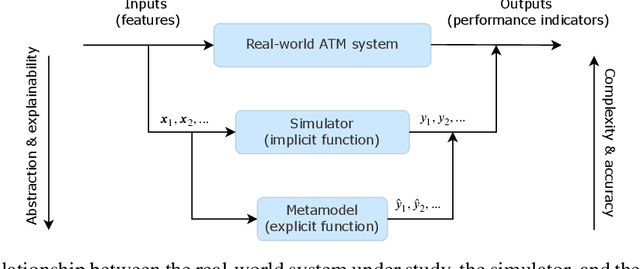
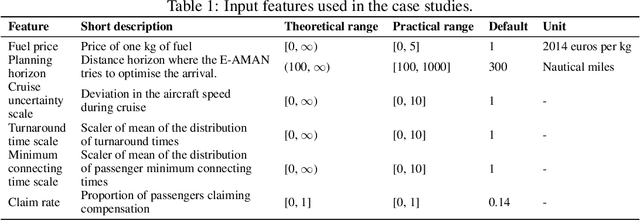
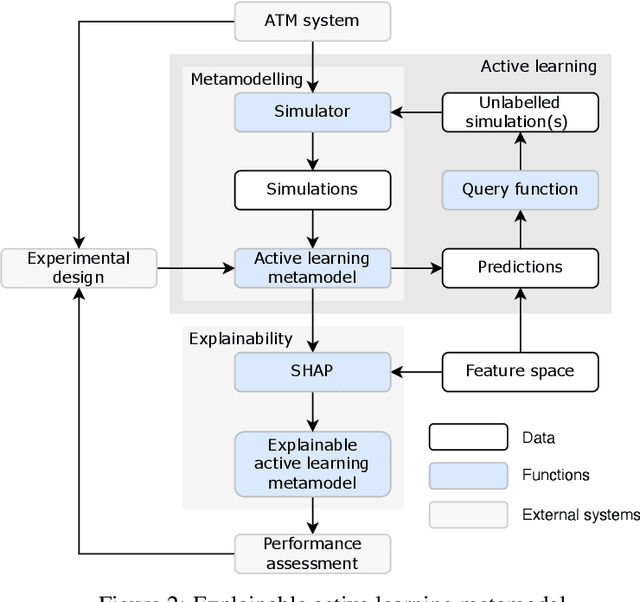
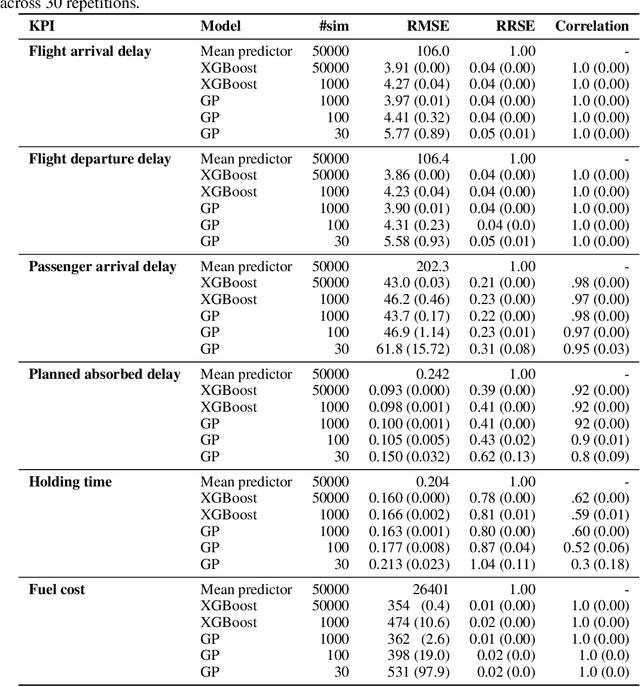
Abstract:The use of Air traffic management (ATM) simulators for planing and operations can be challenging due to their modelling complexity. This paper presents XALM (eXplainable Active Learning Metamodel), a three-step framework integrating active learning and SHAP (SHapley Additive exPlanations) values into simulation metamodels for supporting ATM decision-making. XALM efficiently uncovers hidden relationships among input and output variables in ATM simulators, those usually of interest in policy analysis. Our experiments show XALM's predictive performance comparable to the XGBoost metamodel with fewer simulations. Additionally, XALM exhibits superior explanatory capabilities compared to non-active learning metamodels. Using the `Mercury' (flight and passenger) ATM simulator, XALM is applied to a real-world scenario in Paris Charles de Gaulle airport, extending an arrival manager's range and scope by analysing six variables. This case study illustrates XALM's effectiveness in enhancing simulation interpretability and understanding variable interactions. By addressing computational challenges and improving explainability, XALM complements traditional simulation-based analyses. Lastly, we discuss two practical approaches for reducing the computational burden of the metamodelling further: we introduce a stopping criterion for active learning based on the inherent uncertainty of the metamodel, and we show how the simulations used for the metamodel can be reused across key performance indicators, thus decreasing the overall number of simulations needed.
Bayesian Active Learning with Fully Bayesian Gaussian Processes
May 20, 2022
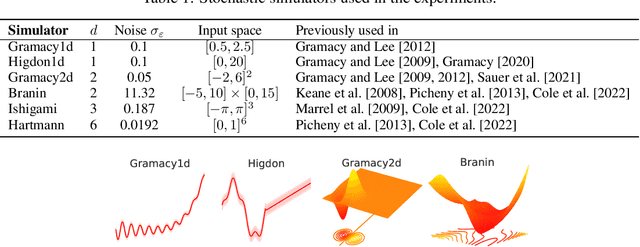
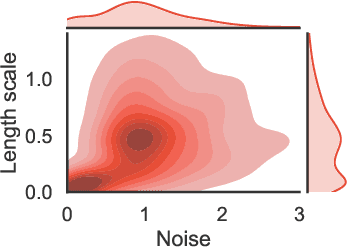
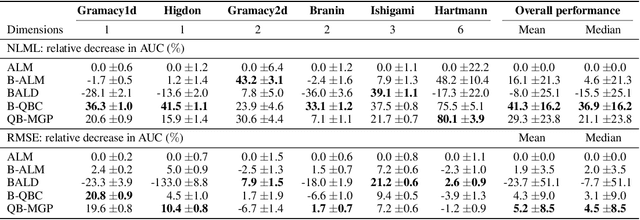
Abstract:The bias-variance trade-off is a well-known problem in machine learning that only gets more pronounced the less available data there is. In active learning, where labeled data is scarce or difficult to obtain, neglecting this trade-off can cause inefficient and non-optimal querying, leading to unnecessary data labeling. In this paper, we focus on active learning with Gaussian Processes (GPs). For the GP, the bias-variance trade-off is made by optimization of the two hyperparameters: the length scale and noise-term. Considering that the optimal mode of the joint posterior of the hyperparameters is equivalent to the optimal bias-variance trade-off, we approximate this joint posterior and utilize it to design two new acquisition functions. The first one is a Bayesian variant of Query-by-Committee (B-QBC), and the second is an extension that explicitly minimizes the predictive variance through a Query by Mixture of Gaussian Processes (QB-MGP) formulation. Across six common simulators, we empirically show that B-QBC, on average, achieves the best marginal likelihood, whereas QB-MGP achieves the best predictive performance. We show that incorporating the bias-variance trade-off in the acquisition functions mitigates unnecessary and expensive data labeling.
 Add to Chrome
Add to Chrome Add to Firefox
Add to Firefox Add to Edge
Add to Edge